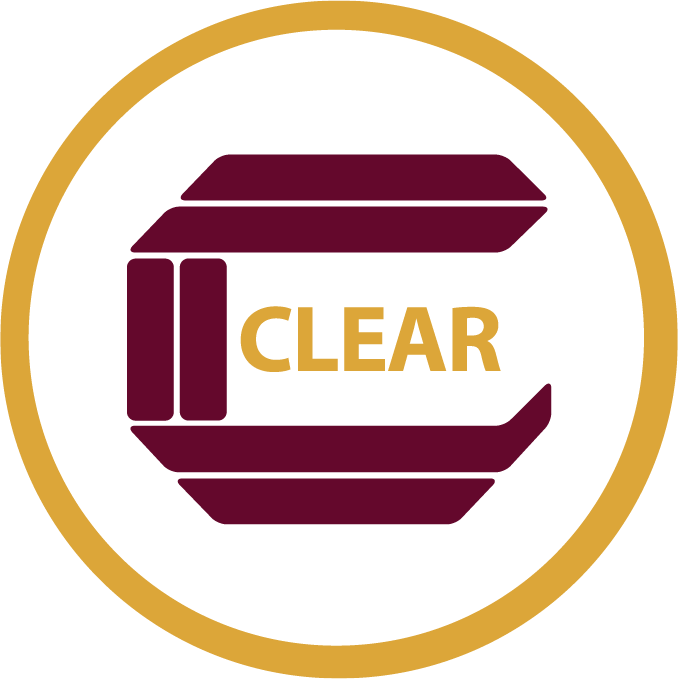Introduction to Regulatory Governance
Board Member Training
The Introduction to Regulatory Governance program is comprised of the following modules and lessons
CLEAR offers the Introduction to Regulatory Governance program online, in-person, on-demand, and as a webinar series. The content provided in this program is the same across all methods of delivery.
Foundations of Occupational and Professional Regulation
- The importance of regulatory boards
- Rationale for licensure
- Typical pro and con arguments
- Overview of trends in licensure
Roles and Responsibilities of a Board Member
- Board member responsibility
- Defining the public interest
- Requirements for service on regulatory boards
- How a board member can participate effectively
- The purpose of appointing public members
- Ethical considerations
Administrative Rulemaking
- What is a rule?
- Kinds of rules
- Authority to issue rules
- When is a rule needed?
- Writing a good rule
- Avoiding problem areas
- Regular procedures for adopting rules
- Notice and publication
- Public comment and hearing process
- Emergency rulemaking
Professional Discipline
- Steps in the enforcement process
- Characteristics of a strong enforcement process
- Receiving and sharing information
- Types of disciplinary sanctions
- Practitioner impairment
Assessing Competence
- The board’s role in entry to practice assessments, continuing education programs and their applicability
- Ways to evaluate continued competence
